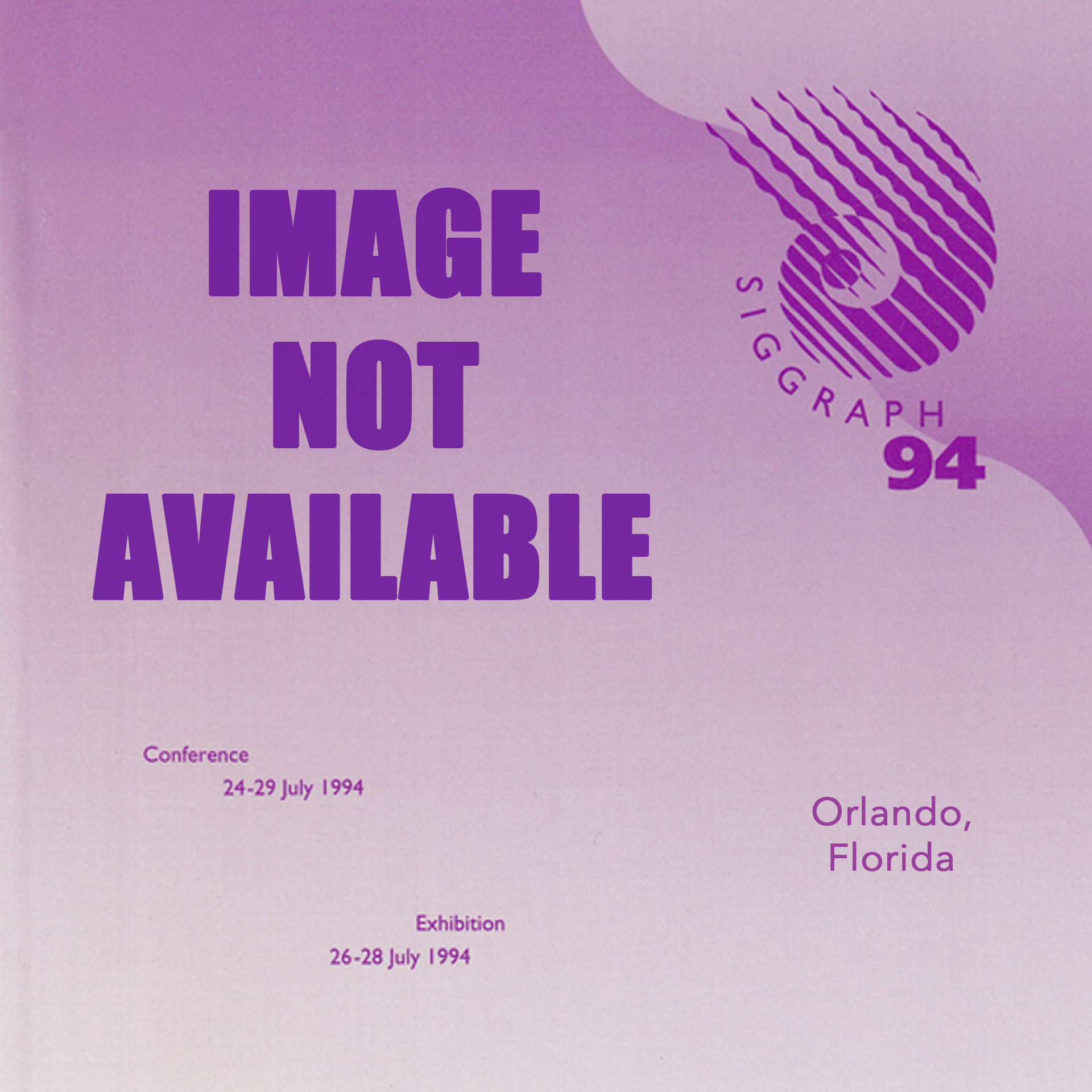“Voice Dancers” by Krueger
Conference:
- SIGGRAPH 1994
-
More from SIGGRAPH 1994:


Type(s):
Entry Number: 11
Title:
- Voice Dancers
Program Title:
- The Edge
Presenter(s):
Collaborator(s):
Description:
In many people’s minds, head-mounted displays are synonymous with virtual reality. However, the technology that has been demonstrated does not conform to their mental image of it. They imagine themselves traipsing through the virtual world as naturally as they walk around the real one. Unfortunately, such a wireless walk-around capability has not been demonstrated. Instead, participants typically must point their fingers in the direction that they want their eyes to fly in the simulated world. The ubiquity of this awkward expedient obscures the possibility that exploration by walking is the one function that the encumbering approach to virtual reality might do better than the unencumbering techniques.
The premise of this exhibit is that wireless operation and freedom of movement are more than technical issues. They will change the character and quality of possible interactions in virtual worlds.
Voice Dancers defines a long virtual path for participants to follow. The virtual landscape that surrounds it is inhabited by shy graphic creatures that can be enticed into playful interactions. Their behavior is designed to take advantage of the objects in the virtual world as they interact with the participants. Their purpose is to evoke interesting movements by participants and ultimately to lead them to the end of the path. At the entrance to the data path, a large projection screen shows the current participant walking through the virtual world.
For the last decade, I have been one of the most visible critics of the goggle-and-glove version of virtual reality. That is partly because I prefer the unencumbering approach that VIDEOPLACE offers. I also believe that the technical community has ignored issues that are important to me in their implementations. For years, I have indicated that I thought I knew how to address these issues. This year, I have sketched out the approach I have had in mind. As one might expect, it draws heavily on the real-time video perception that I have been working on for the last 25 years and have been demonstrating at SIGGRAPH since 1985.
The point-and-fly method of moving in a virtual world is not a natural one. The ubiquity of this awkward expedient does not make it intuitive. It must be carefully explained, and it takes some time to learn because it confuses the role of the hand, which is simultaneously a navigation tool and a grasping instrument. Even when a limited range of walking is permitted, the cable that always connects the participant’s head to the computer inhibits movement, compromises the sense of immersion, and distances the participant from the experience.
In Voice Dancers, the participant wears a head-mounted display based on my own design concept. Because no wires connect the participant’s head to the computer, the participant is able to move more freely than with any system shown so far. Since this project would be worthy of a milliondollar budget, this zero-budget implementation necessarily imposes its own constraints. It focuses on walking at the expense of grasping. Participants’ movements are constrained to walking along the path. They must move slowly, because high-speed body movement is faster than any existing tracking technique and certainly faster than this one.
Wireless operation allows people to understand the virtual world instantly. The freedom to explore the virtual world on foot is one advantage that the encumbering approach to virtual reality might have over unencumbering techniques such as my VIDEOPLACE technology. Therefore, I feel that it is important to take this step and let the members of the virtual reality community decide if such movement is significant.




